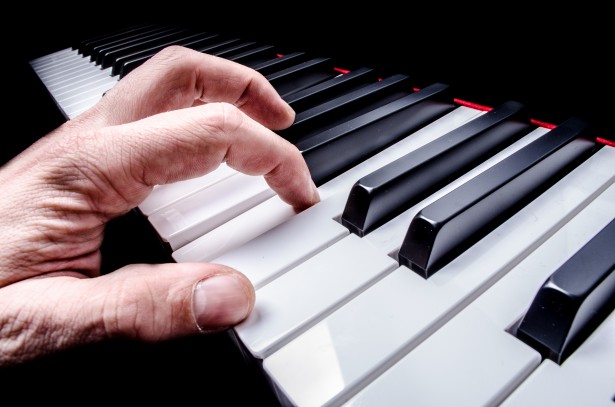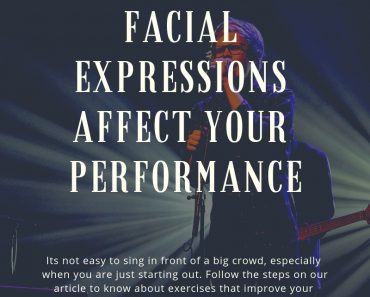Vocal Music – Understanding The Essentials – For Dummies

Vocal music pays high regard to the human voice and the tone it produces. It is a genre of music performed with or without accompaniment by one or more singers. Singing is the focal point of it all.
To further understand the concept of vocal music, here are some examples.
1. A Capella
This is the type of vocal music where a singer sings without any musical accompaniment. The voice is the only instrument for A Capella. Some religious prayers and chants use this most of the time.
2. Songs
This is the type that people are accustomed to. It is normally composed of a single voice and an accompaniment.
3. Sacred
As the word implies, sacred vocal music is performed in a religious or ceremonial setting. Gospel singing falls under this category.
4. Dramatic
Opera, classical and Broadway-type of musical are under the umbrella of dramatic vocal music. It gives emphasis to perfect tone, intonation, enunciation and emotions of the song. There is also the distinct sound of theatre that even when they sing pop music, there is still the elaborate flavour and drama.
Indian music and scat singing of jazz are also examples of dramatic vocal music.
5. Hiphop
The vocal percussion known as beatboxing involves beats, rhythms and scratching. Though you may find it funny, this hip hop type of music uses voice to create sounds.
Since the voice is the most important instrument in vocal music, a singer should make it a point to continuously enhance his or her vocal range and quality.
Here are some elements that you should carefully look at:
1. Pitches
Pitch is one of the most important dimensions in all of music. It talks about tones, duration, loudness and timbre – almost all major auditory attributes in music.
A good singer has the ability to precisely sing any desired pitch.
2. Voice Control
Vocal control is a technique that you should learn to be able to control the volume of the sound you produce. Those with hearing deficiency may not be able to determine if their singing voice is already too loud.
Developing a proper breathing technique will help you gain more control of your voice when you sing.
3. Vocal Projection
Breathing is vocal projection’s best friend. If you are a belter, you need to have excellent control of your breath in order to put power to your singing.
4. Tone Resonance Control
Some singers tend to force out notes. But, volume is not always the answer if you speak of good singing. If you desire to improve the quality of your voice, you need to work on control.
Tone resonance control will allow you to use parts of your body to generate richer voice and elaborate your tone.
5. Phrasing
Phrasing can easily alter the meaning and emotions being conveyed by the song. It refers to a group of notes or lyrics where emphasis is placed. It enables you to bring your own flavour or interpretation to the song.
6. Bridges
This is usually the part when the audience holds their breath and hopes for the best. If done correctly, there is a big chance of a standing ovation after your performance. Otherwise, it leaves a not-so-good impression to the crowd.
Bridges are places where you make your sound flip from lower to higher notes. As a singer, you have to take a deep breath before you proceed with the chorus and anticipate in your head the higher octave that is forthcoming.
When your voice is at the centerpiece, you have to make sure that it will sound as pristine as possible. Know your strengths and find places where you can highlight those.
I hope you liked this article, and dont forget to comment. Have a great day now, and happy singing.






Good post. I be taught something more challenging on completely different blogs everyday. It will at all times be stimulating to read content from different writers and practice a bit one thing from their store. I’d favor to use some with the content on my blog whether you don’t mind. Natually I’ll give you a hyperlink on your internet blog. Thanks for sharing.
Muito bom